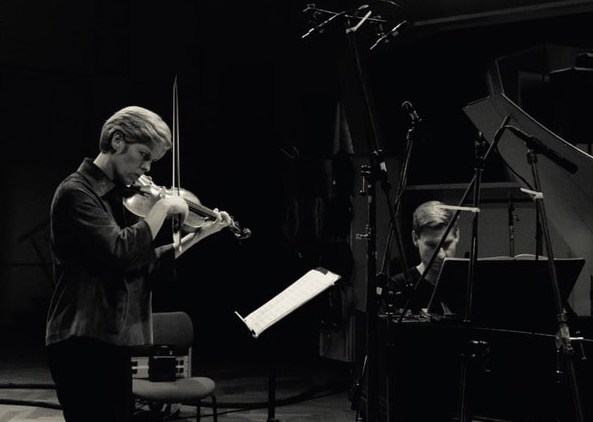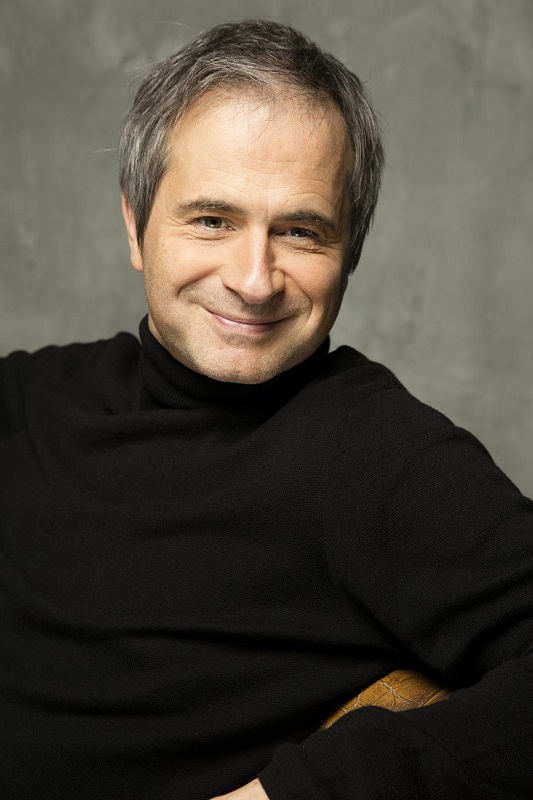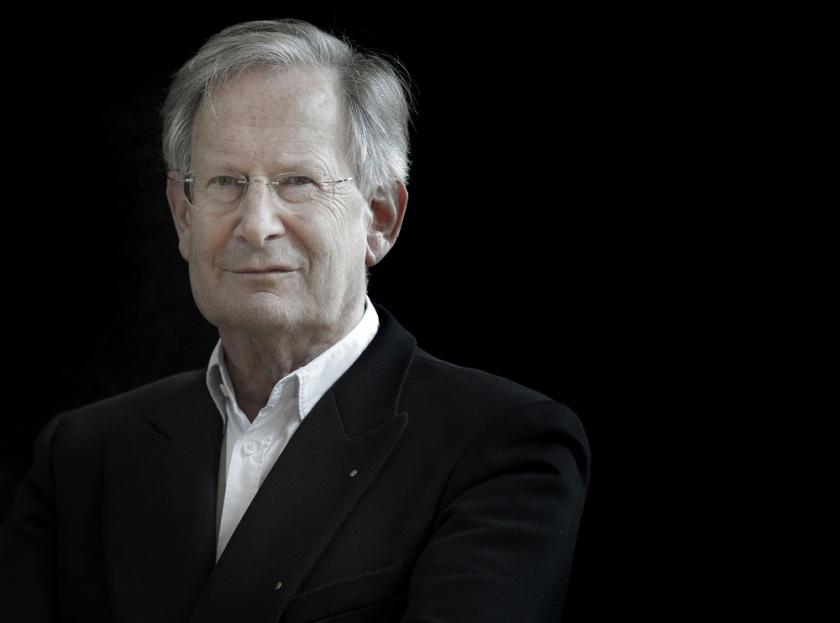Schumann revitalized by John Eliot Gardiner and the London Symphony Orchestra last year left us wanting more: namely two of the four symphonies (transcendently great, as it turns out from these revelatory performances). But those concerts also guaranteed that the ones a year later would be the most vital tonic imaginable for grey, damp early February. And so it proved with the joybursts of the Third (“Rhenish”) and, finally, the First (“Spring”): if anything could send you dancing away, the latter's lightly tripping vernal finale and the encore played on both evenings, the even more airborne Scherzo from Mendelssohn’s incidental music to A Midsummer Night’s Dream, would do it.
The extra energy and communication Gardiner gets from having all the players bar cellos, basses and timps standing – an idea expanded from Mendelssohn the conductor’s practice in Leipzig of keeping violins and violas on their feet – are never for a moment in doubt. We also heard how it gave a spark even more brilliant than usual to Berlioz’s Overture Le Corsaire in a Prom last summer with Gardiner’s period-instrument band, the Orchestre Révolutionnaire et Romantique. Thursday night’s opener, Weber’s Overture to Euryanthe, sounded oddly Berliozian in its dash, too. Then it was discretion time, the orchestra sitting for the first of the two concertos with the best possible soloists. Even at 14 Mendelssohn was straining at the leash, and his Concerto for Violin and Piano has big ambitions, even if it’s a relief that he condensed the forms of later works in the form.
 The first movement would stand as a fantasia by itself: there’s a very surprising moment where the violin takes off against piano tremolos. The rest is more Mozart than Beethoven, but with violinist Isabelle Faust and Kristian Bezuidenhout (pictured right recording for Harmonia Mundi) drawing lovely sounds from a mellow, mezzo-ish forepiano, the creativity was in the teamwork. Mendelssohn the boy wonder clearly got excited by arpeggios; with Bezuidenhout’s perfect timing, we could discover them afresh, too. Faust is for so many of us the perfect violinist – never forcing the sound, adjusting vibrato to the occasion, delightfully in tune with pianist, conductor and orchestra. This is not a work I’d especially want to sit through again in concert with any other soloists, but these two made total musical sense of it.
The first movement would stand as a fantasia by itself: there’s a very surprising moment where the violin takes off against piano tremolos. The rest is more Mozart than Beethoven, but with violinist Isabelle Faust and Kristian Bezuidenhout (pictured right recording for Harmonia Mundi) drawing lovely sounds from a mellow, mezzo-ish forepiano, the creativity was in the teamwork. Mendelssohn the boy wonder clearly got excited by arpeggios; with Bezuidenhout’s perfect timing, we could discover them afresh, too. Faust is for so many of us the perfect violinist – never forcing the sound, adjusting vibrato to the occasion, delightfully in tune with pianist, conductor and orchestra. This is not a work I’d especially want to sit through again in concert with any other soloists, but these two made total musical sense of it.
After that, the concision and originality of Schumann’s “Rhenish” Symphony really struck home. Unusual to have five movements, four of them almost divertimento-like, the bigger opening movement making the most of its bracing, forward-sweeping main theme and transforming it beautifully; we’re in E flat major, a key much favouring the horns since Beethoven’s “Eroica”; Gardiner and Schumann gave them their head, gloriously so. It was mostly rather loud in the treacherously magnifying space of the Barbican Hall, more so than in last year’s two instalments; understood, Gardiner wanted an earthier edge to the ensuing country waltz, but the grace of his ORR recording is somehow more beguiling. Full marks, though, to the delicacy of clarinets in the exquisite little intermezzo, the gone-too-soon feeling induced immediately after its subtle dissolve, the ensuing Bach-like sobriety of a ceremony in Cologne Cathedral, also much shorter and more compact than such rituals tend to be, the delight in the plunge back into the finale’s daylight.

The most ecstatic was saved for last: a perfectly sprung “Spring” Symphony, Schumann's pulsing rhythms so bracingly defined, the melodies singing out (especially the lovely one introduced by the oboe as counterpoint in the first-movement development). Gardiner’s vivid continuity was a virtue in the scherzo with two trios, and violins took advantage of being on their feet to trip the light fantastic in that loving finale (none other, surely, has the marking Allegro animato e grazioso). Nor was it any hardship to sit through the Mendelssohn scherzo again. The main thing, though, is that Gardiner has taken us through the Schumann symphonies as I never heard them before, made us marvel at all their extra generosities of idea and – yes – vindicated his assertion that Schumann was, contrary to the dreary cliché that he couldn’t orchestrate, a master of instrumental means to ends.














Add comment